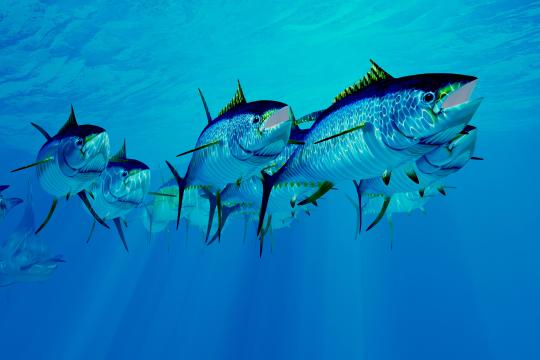Modeling the impact of OA on Alaskan fisheries for decision makers
Forecast effects of ocean acidification on Alaska crab and groundfish fisheries
Why we care
Ocean acidification (OA) is a multi-disciplinary problem that requires a combination of methods from oceanography, fisheries science, and social science to assess socio-economic impacts. While OA impact models developed to date capture some sources of measurement uncertainty, more remains and limits the utility of models in decision making and research planning. A method is needed to quantify uncertainty relating the experimental design of OA experiments to the impacts of ocean pH and temperature on key model outcomes.
What we are doing
The bioeconomic model developed under this project will be applied to forecasting long-term effects of OA on Eastern Bering Sea (EBS) crab, northern rock sole and Alaska cod. Also addressed in this project is the quantification of uncertainty for inclusion in the fisheries management process. The overall goal for this project is to forecast long-term effects of OA on abundance yields and fishery income. To this end, we will apply results from experiments and ocean monitoring/modeling to infer population-scale changes in juvenile growth and survival from OA.
Benefits of our work
Through development of bioeconomic models for the EBS and Gulf of Alaska, we will be able to forecast the long-term effects of OA on northern rock sole and Alaska cod – a fish providing the vast majority of U.S. cod. These models make it possible to estimate abundance yields, fishery income, and economic impacts of OA on a national scale. The results from the project can assist with the development of experiments that will be most informative for bioeconomic modeling.
Modeling the impact of OA on Alaskan fisheries for decision makers Read More »



